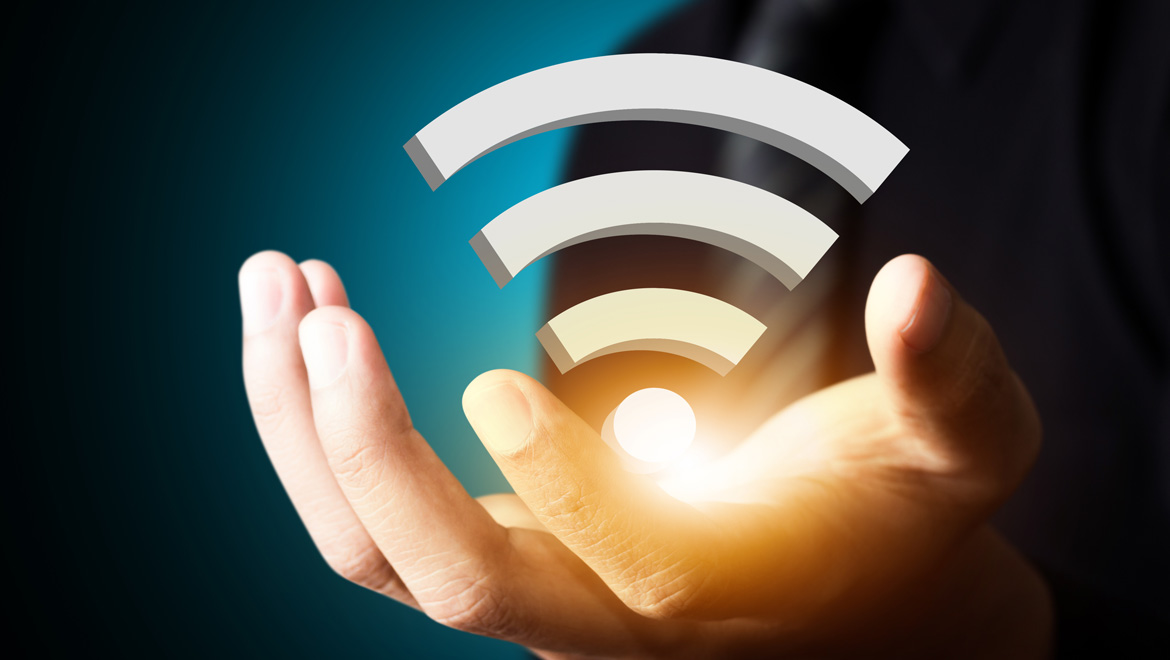PRESS AND NEWS CENTER
NE Asia Needs WiFi Gateway Support to Keep Up with Improving Broadband Infrastructure

- Growth of video consumption is driving bandwidth demand in Northeast Asia, and different technology solutions are competing to provide solutions to improve broadband infrastructure.
- Operators are investing in higher bandwidth technology such as DOCSIS 3.1 or fiber to improve network infrastructure and prepare for the demands of 4K and HDR content.
- Current consumer habits for content consumption means that investments in bandwidth are not enough; providers may need to look to improvements in WiFi gateways and infrastructure solutions provided by companies such as Technicolor that understand bandwidth requirements, gateway access and video standards.
 Cyril Daoud, Head of Sales for Technicolor for Northeast Asia
Cyril Daoud, Head of Sales for Technicolor for Northeast Asia
Hello and welcome to our ongoing series of conversations with people who are making a difference in how we live our digital lives. We are very lucky today to catch up with Cyril Daoud, Head of Sales for Technicolor for Northeast Asia.
Cyril, what would you say are the key strategic trends driving the adoption of new infrastructure and home connectivity technology in your region?
Daoud: The main driver pretty much around the whole of the Northeast Asia region is bandwidth demand, and video is a massive contributor. That demand is driving massive investment in infrastructure, increasingly broadband infrastructure. Then you have different technologies competing for that investment, and also different technologies competing for content delivery over that infrastructure.
China has rapidly become one of the biggest markets for fiber optic technology. Is China unique in the region in that respect? How is broadband backbone technology evolving elsewhere in your region?
Daoud: China is not unique. The technology they are deploying is standard PON [passive optical network]: EPON [Ethernet PON], or GPON [Gigabit PON]. China is a very big country, they use both.
However, China is different from other countries in the region in that the telcos, as opposed to the vendors, are taking a strong leadership position. In other countries you have vendors selling an end-to-end solution to the telcos, which creates a lot of interoperability issues. A lot of telcos outside China are complaining that if they buy an OLT [optical line termination], which is the network side of the fiber, from a Huawei or an Alcatel then they are locked in to buying the terminal for the customer premises from those vendors because there is no interoperability.
The Chinese telcos have been resisting this. They have said, “We are going to define the software ourselves, you are just going to provide the hardware.” Because the telcos control the software they can buy hardware for the network side from one vendor and hardware for the customer premises from another. So you have many more players in China in the fiber game than you have anywhere else.[subscribe_reminder]
What kinds of investments are you seeing as you monitor where people are putting their money?
Daoud: There is a lot of investment in broadband infrastructure, and that makes a lot of sense. The operators are preparing themselves for the new technologies of 4K and HDR that will come probably in a year or two from now. They want to make sure their pipes are big enough to be able to deliver these new technologies. If they start putting 4K and HDR on a pipe that is too thin they are going to have customer disappointment and quality problems.
So a lot of investment is going into upgrading the networks: on the cable side, to higher bandwidth technology such as DOCSIS 3.1, which is a 10 Gbps technology. On the fiber side the upgrade is from 1 Gbps fiber to 10Gbps fiber.
Where are you seeing investment in DOCSIS in the region as opposed to fiber, or are those investments being made in tandem throughout the region?
Daoud: These investments are being made in tandem. Countries like Korea have a mix of fiber and cable within the same operator’s networks. In Japan you have cable providers and fiber providers. Taiwan has a very big cable operator with a small fiber deployment, which is increasing. They put out a prospectus about a year ago saying that fiber was the way to go in order to get high bandwidth, but with the announcement of DOCSIS 3.1 by CableLabs, their investment in DOCSIS has increased again.
Korea was quite shy about investing in DOCSIS infrastructure. They were using 8 x 4 channel bonding, which is the smallest bonding you can do. Now they are looking at going to 24 x 8 and 32 x 8 and even to DOCSIS 3.1 as early as next year. That means they are looking at going from 100 Mbps to 10 Gbps downlink speeds. In summary, last year we saw a bit less of investment on the DOCSIS side, but that is picking up this year.
There has also been some deployment in Korea, of a technology called DPoE, DOCSIS Provisioning over Ethernet, but we have not seen it elsewhere in the region. With DPoE, a DOCSIS operator keeps their provisioning core and backend on DOCSIS and migrates that on the access side to fiber.
Korea has been doing some deployments successfully and I think Japan will do so. Technicolor definitely wants to position itself in that space.
To what extent are you having conversations with service providers about the type of content they plan to deliver and the bandwidth needed to deliver it?
Daoud: Most content delivery providers are definitely looking at 4K right now. They need to have an understanding of the bandwidth requirements for 4K, which will be significantly higher than HD. That whole calculation goes back to what I was saying about the investment in the backbone and the access technology to be able to provide sufficient bandwidth.
But today you dont just deliver to a box connected to a TV, you deliver content over WiFi to a tablet and a smartphone and that requires very advanced WiFi capability such as beamforming. In Japan most of the new demand is around beamforming and high bandwidth cable modems. Today we dont have the 4K content, but all the plans are geared towards 4K and HDR.
We are also starting to see virtual reality. Japan will definitely be an early adopter: VR is the best way for them to leapfrog current technologies, because nobody is delivering VR to the home. They are in the process of upgrading their access networks, and VR is being factored in.
Where do you see the big opportunities for Technicolor in your region? Where can we add the most value?
Daoud: Technicolor has a very good understanding of the end-to-end value chain because we have all those production services. We work with the content owners so we have a good understanding of what is required. We are also involved in the standards. We have been a major contributor to the HDR standard. And if you look at the history of Technicolor, we have contributed to a lot of video standards.
Because we control the whole end-to-end value chain, for example, the HDR standard supported by Technicolor is trying to optimize the bandwidth requirements of HDR, which requires high bandwidth.
That approach helps us to build the right products. So when we go see a customer we can explain to them what is coming, how big it will be and how to efficiently manage it.
You also mentioned the complexity that needs to be integrated into the network, particularly WiFi. Are service providers struggling from a customer service or tech support perspective on that front?
Daoud: Massively. In markets like Hong Kong, WiFi has been such a problem that telcos have given up on providing a WiFi gateways to their customers. There are almost no telcos in Hong Kong providing a WiFi gateway, users have to go and buy their own.
So we are getting to the situation where the telcos are providing a very fat pipe, but users cannot get the benefit of it because they do not know how to control the gateway: where to put it, what kind of gateway to buy, how to properly cover their home. The telcos will have to step in and start providing gateways and controlling them, and Technicolor has a range of products to help them deliver that solution to the home.